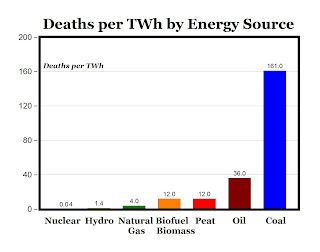History of Conventional Energy Sources
In the late 16th-century, firewood costs increased. Fast forward to the 1880s, Elizabethan preachers were left with one solution: coal. Coal was considered the devil's excrement due to its hazardous nature, it released sulfur, ozone, radionuclides, benzene, etc.
Natural gas being less toxic became the next hit. Excessive use of natural gas for energy production led to its shortage followed by the Emergency Natural Gas Act in 1977.
Petroleum and crude oil have been commercially used to generate electricity since the 19-century. After the first oil shock in 1953, nuclear increased its energy production rate. In 1979, the meltdown at TMI-2 slowed down nuclear power plant constructions. The worst nuclear accident at Chernobyl (1986) brought the power plant constructions to a full-stop. During the mid-1990s, when the world had partially forgotten about Chernobyl and resumed construction of nuclear plants, the reactor meltdown at Fukushima in 2011 brought the world to a shock. Nuclear got termed as the 20th-century's devil excrement. But to be impartial with fission technology, nuclear innovation has stopped since the 1970s and most power plants are outdated.
 Reference: https://e360.yale.edu/features/why-nuclear-power-must-be-part-of-the-energy-solution-environmentalists-climate
Reference: https://e360.yale.edu/features/why-nuclear-power-must-be-part-of-the-energy-solution-environmentalists-climate


Comments
Post a Comment